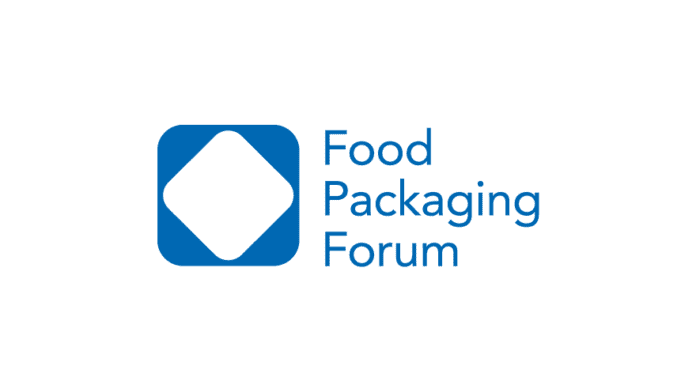Ultra-processed foods (UPFs), i.e., industrially manufactured food products designed to be highly palatable, can increase exposure to chemicals and microplastics (FPF reported) and negatively affect human health. What is more, the lifecycles of UPFs and plastics are intricately linked, amplifying their harmful impacts on consumers and ecosystems (FPF reported). Still, they account for a huge part of people’s diets. Providing information on the degree of processing on the product and evaluating the underlying reasons for consumers to choose UPFs, can help to reduce UPF intake. Three articles published in December 2024 and January 2025, revolved around that topic while a fourth one assessed established UPF-related regulatory interventions.
Database on food processing degree
In an article published on January 13, 2025, in the journal Nature Foods, Babak Ravandi from Northeastern University, Boston, USA, and co-authors describe the open-source GroceryDB database. This tool lists the degree of processing of 50,000 foods and beverages available in the US grocery stores Walmart, Target, and Whole Foods, while also being able to recommend similar, less processed alternatives. With this information, the authors hope to guide consumers to make better-informed dietary choices.
They further observed that food processing “tends to be associated with the production of more affordable calories, a positive correlation that raises the likelihood of habitual consumption among lower-income populations, ultimately contributing to injustice and growing socioeconomic disparities in terms of nutrition security.”
To build the database, the scientists combined machine learning with real-world data available on the grocery stores’ website. The database further provides information on the nutritional content, the ingredients, and the price of each listed item.
Drivers of UPF consumption
Effortlessness (i.e., the minimal effort to food shopping, preparation, and clean-up) and affordability are the main drivers for consumers to purchase and eat UPFs, based on research conducted with 608 consumers residing in Spain by Cristina Calvo-Porral from the University of A Coruna, Spain, and Sergio Rivaroli from the Universita di Bologna, Italy. Their work was published on December 24, 2024, in the British Food Journal.
In a separate study focused on Thai children 6 to 18 years of age, Nongnuch Jindarattanaporn from Mahidol University, Thailand, and co-authors, reported an association between children’s preference for unhealthy foods and its marketing, e.g., cartoons on food packaging and endorsement by celebrities and influencers. The outcome of their survey including 4,117 children was published on January 13, 2025, in the International Journal of Adolescence and Youth.
Regulatory interventions
The latter two articles indicate that taxes on UPF and regulation on food marketing can help limit the consumption of ultra-processed and unhealthy foods. Tanita Northcott from Deakin University, Victoria, Australia, and co-authors systematically mapped worldwide regulatory interventions related to UPFs, looking at their scope and strength. In their article published January 10, 2025, in Nature Foods, they report that informational measures (e.g. nutrition labeling) targeting consumer choice prevail. “Current government policy responses place the onus of responsibility largely on individual consumers to make behaviour changes, rather than shape and challenge external influences, such as the conduct of an economically powerful and politically well-organized food industry,” Northcott and co-authors highlighted. They concluded that “the scope of action is narrow” and the “strength of action is limited.” Notably, of the 417 UPF-related interventions, only a few referred directly to UPFs while most referred indirectly, e.g., by using terms implying food processing (e.g., packaged food or fast food).
References
Calvo-Porral, C. and Rivaroli, S., et al. (2024). “Examining the consumer behaviour of ultra-processed food products: evidence from the Spanish market.” British Food Journal. DOI: 10.1108/BFJ-06-2024-0606
Jindarattanaporn, N., et al. (2025). “Associations between Thai children’s exposure to unhealthy food marketing and their diet-related outcomes: findings from a national cross-sectional survey.” International Journal of Adolescence and Youth. DOI: 10.1080/02673843.2025.2451657
Northcott, T., et al. (2025). “Regulatory responses to ultra-processed foods are skewed towards behaviour change and not food system transformation.” Nature Foods. DOI: 10.1038/s43016-024-01101-y
Ravandi, B., et al. (2025). “Prevalence of processed foods in major US grocery stores.” Nature Foods. DOI: 10.1038/s43016-024-01095-7




